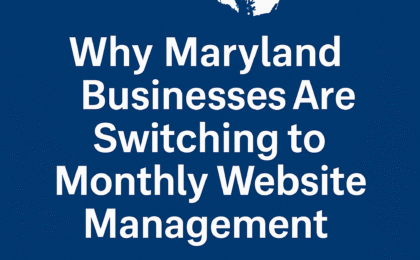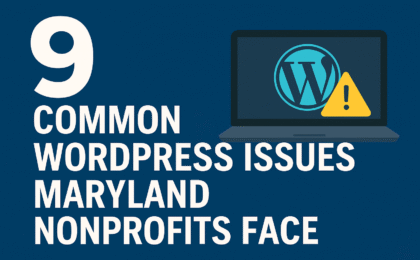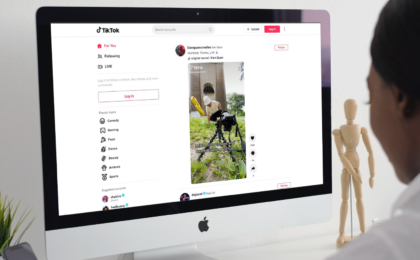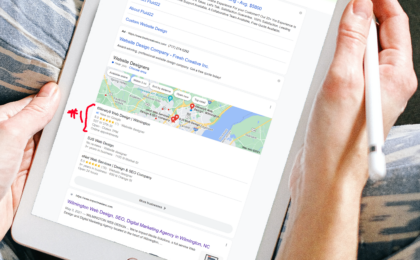Any business, just like any other group or organization, is only as good as the people in it. To keep your business running in tip-top shape, and to get the maximum success, you need to make sure you’ve got the best people in each position. But how do you know you’re getting the best people? Here’s a simple guide with 9 keys to hiring the right staff members for the job the first time – and creating the business you want.
#1: Clearly Define the Position
One reason you might get the wrong person for a position is that they didn’t fully understand what the job entailed.
Many different positions have a skill and aptitude overlap. Unless the applicant knows exactly what goes into this particular job, they may believe they can handle it when in fact it would be better suited to someone else. Make sure you conduct a thorough job analysis, compiling data on exactly what you need from this position’s duties and responsibilities. Additionally, have a well laid out job description that lets an applicant know exactly what they’re in for. Then, make sure your expectations are aligned to that original job analysis. 9 keys to Hiring the Right Employees in 2022
#2: Have a Strategy
Like everything in your business, the hiring process should have a well thought out plan. Once you’ve drafted your job analysis, sit down with your hiring manager and anyone else involved in the recruitment process for a planning meeting. This way you will know you are all on the same page in terms of your hiring approach.
#3: Use a Checklist
Coming out of your planning meeting, you should compile a checklist of necessary criteria for your new hire. This will ensure that you implement exactly what you came up with in your strategy session.
#4: Create a Strong Pool of Candidates
After you’ve developed a razor-sharp job description, bring together a pool of the most qualified respondents from which to choose.
You can make the job public on your company’s website, Indeed, Glassdoor, LinkedIn and/or any other job search platforms you prefer. This way, you will end by selecting the cream of the crop – the best applicant out of a small group of best applicants.
#5: Match Your Job Description to Applications
By creating a complete and detailed job description, and using your bulleted list of criteria for the ideal candidate, you are in place to make your review process a science: comparing your specific needs to the credentials of each of your strongest applicants, until you arrive at the one who most closely matches those needs. 9 keys to Hiring the Right Employees in 2022
#6: Pre-Screen
Before you schedule interviews, reach out to your pool of applicants via telephone to determine if the qualifications they indicated on their application are an accurate reflection of their skills and background, if their needs (salary requirements, hours, scheduling, location, remote vs. on-site etc.) are in line with your own, and if they fit the culture of your company. This will further narrow your selection before you even get the applicants in the door, saving time for the hiring managers or selection committee.
#7: Ask the Right Questions in the Interview
When all the preparation and outreach is finished, it all comes down to the interview. This is the main way that employers make a final determination about selecting a new employee – because all the resumes and portfolios are ultimately no substitute for sitting across from someone face-to-face, and getting a sense of who they are as a human being. Depending on the nature of the position and requirements of the company, you may need to conduct multiple rounds of interviews. As you proceed through the process, you’ll continue to narrow your pool.
As you do this, you have to make sure that you’re asking your applicant questions that get to the heart of how perfect they are for the position they’re interviewing for. What kinds of experiences have they gained throughout their lives? How would they respond to situations similar to the ones they’re likely to encounter in this position? What are their natural work patterns and what job environment is most comfortable for them? This is the type of thing you should be seeking to find out in your interview.
#8: Conduct a Background Check
Once you have isolated the one person you believe is the best qualified to fill the given role, before bringing them onto the team, you’ve got to conduct a background check. This includes reaching out to their personal and/or professional references, verifying their employment and educational history, and checking for a criminal history. Once you’ve got this squared away, you can proceed to the final step.
#9: Make an Offer
The last thing you have to do in your employee selection process is send the candidate a job offer letter. In it, you should confirm the details of the position, including expectations as well as salary and benefits. This may lead to some period of negotiation with the candidate, especially the more senior the position they’re discussing with you. Once you have reached an agreement and the candidate feels the position suits them as well as you feel that they are suited to it, you can finalize the offer of employment, sign a contract and get started.
In all of these stages and in every facet of this procedure, the main takeaway is to be as honest and transparent as possible, both with your candidates and with yourself. Make sure that you are clear in what you need, and that you are communicating this to your candidates as clearly as you can. If you’ve done that, then you and your new employee should be ready for a long and fruitful partnership.












































































